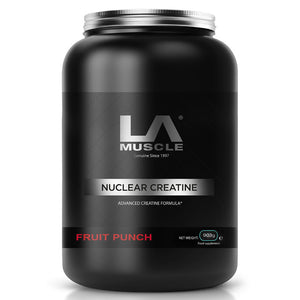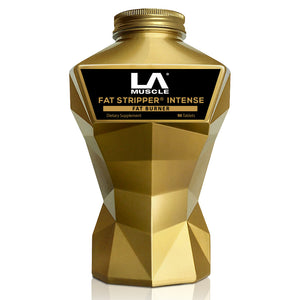
Strength training is an essential component of any fitness regimen. When it comes to free weights, two of the most popular choices are kettlebells and dumbbells. Each has its advantages and unique properties. If your primary goal is to build muscle mass, the choice between the two can be crucial. In this article, we'll compare kettlebells and dumbbells in terms of muscle building potential, versatility, safety, and more.
History and Design:
Dumbbells:
Dumbbells have been around for centuries, and their design has largely remained the same. Typically, they consist of two weights connected by a short bar. The weights can be either fixed or adjustable. Dumbbells are often used in pairs, allowing for balanced strength development.
Kettlebells:
Kettlebells originated in Russia and have been around for over 300 years. They are cannonball-shaped weights with a handle. Unlike dumbbells, they are often used one at a time, though some exercises do use a pair.
Muscle Building:
Dumbbells:
- Targeted Muscle Building: Dumbbells are exceptional for isolating specific muscle groups, making them perfect for bodybuilding-style workouts. Exercises like bicep curls, tricep extensions, and shoulder presses are classic dumbbell movements.
- Stability: Using dumbbells requires the stabilising muscles to be actively engaged, especially when using them unilaterally (one side at a time). This engagement can lead to increased muscle development.
Kettlebells:
- Compound Movements: Kettlebells are often used for compound exercises that work multiple muscle groups at once. Movements like swings, goblet squats, and snatches engage several muscles simultaneously, leading to overall muscle development and improved functional strength.
- Momentum and Power: Many kettlebell exercises use the principle of generating and controlling momentum. This adds an element of power training which can lead to muscle growth and increased metabolic demand.
Versatility:
Dumbbells:
- Variety: Dumbbells can be used for a plethora of exercises targeting every major muscle group.
- Range of Motion: Their design allows for a wide range of motion, which can be beneficial for hypertrophy (muscle growth).
Kettlebells:
- Functional Movements: Kettlebells are often touted for their ability to improve functional strength due to the compound and dynamic movements they're used for.
- Cardiovascular Benefits: The swinging and explosive nature of many kettlebell exercises can provide a cardiovascular workout alongside strength training.
Safety:
Dumbbells:
- Control: Dumbbells allow for controlled, steady movements which can reduce the risk of injury when used with proper form.
- Stability: As mentioned earlier, the stabilisation required can be both an advantage in terms of muscle engagement and a disadvantage if one's stabilising muscles are weak, leading to potential imbalances.
Kettlebells:
- Dynamic Movements: The dynamic nature of kettlebell workouts means there's a steeper learning curve, and improper technique can lead to injuries.
- Centre of Mass: The weight's centre of mass is away from the hand, which can be challenging but also beneficial for enhancing proprioception and balance.
Both kettlebells and dumbbells offer unique advantages for building muscle mass. If your primary goal is targeted muscle growth with a wide range of exercises, dumbbells might be the better choice. However, if you're looking to build functional strength, engage in compound movements, and get a combination of cardiovascular and strength workout, kettlebells are the way to go.
In truth, the best approach might be to incorporate both into your workout regimen. This combination will ensure comprehensive muscle development, functional strength, and the benefits of both isolation and compound exercises. As always, technique is paramount, so consider getting guidance from a fitness professional when starting with either tool.


























